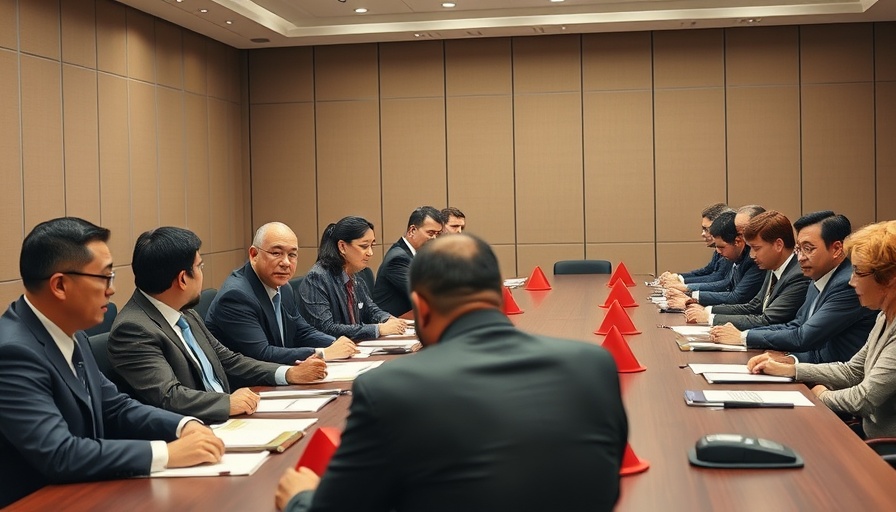
Understanding the Security Breach of TM Signal
In an age where privacy and data security are paramount, recent revelations about the communication app TM Signal have raised serious eyebrows. Designed for corporate archiving, the application has reportedly been used by high-ranking officials, including former national security adviser Mike Waltz. However, findings from security researcher Micah Lee suggest that TM Signal's functionality fundamentally contradicts its claims of providing secure, end-to-end encrypted communication.
The Impact of Plaintext Messaging on User Trust
Following the analysis of TM Signal's Android source code, it has come to light that messages sent through the app could be accessed in plaintext by its parent company, TeleMessage. This could have far-reaching implications not just for individuals using the application, but for organizations trusting it to safeguard sensitive information. When communication is breached, it can erode trust dramatically. As users become aware that their private messages might not be secure, the ramifications could alter their willingness to engage on digital platforms altogether.
Security Flaws Amplified by High-Profile Usage
The stakes become even higher when considering who has used TM Signal. The presence of influential figures like Waltz means that a breach could potentially expose sensitive governmental discussions. In a time where cybersecurity is an ongoing concern, the revelation of vulnerabilities within a system used at such elevated levels highlights a dire need for reconsideration in organizational communication tools.
The Growth of TeleMessage and Broader Repercussions
As a federal contractor, TeleMessage has a responsibility to adhere to federal guidelines regarding the safety and privacy of data it handles. With its acquisition by Smarsh, concerns are rising about the oversight mechanisms in place to protect against such violations. The implications could extend beyond individual users, affecting how companies approach vendor relationships in terms of privacy and data security. A failure on this scale may lead organizations to rethink how they manage communication and data storage.
Future of Data Privacy in a Digitized World
As technology advances, the threat to data privacy evolves concurrently. The incident involving TM Signal serves as a cautionary tale about the necessary due diligence in selecting secure communication tools. In navigating future technologies, organizations must prioritize cybersecurity measures, ensuring that communication apps provide transparent security metrics. This claim to security is vital, not just as a selling point but as a fundamental requirement in this burgeoning tech landscape.
Exploring Alternatives: Ensuring Secure Communications
With awareness growing around breaches such as that of TM Signal, it’s crucial for organizations to explore alternative solutions that prioritize data integrity and privacy. Communications tools with proven track records of security protocols and a commitment to end-to-end encryption should be paramount in discussions around technology adoption. Investing time in evaluating these platforms could protect against possible breaches that might otherwise lead to significant fallout.
Conclusion and Call to Action
The implications of the TM Signal incident underscore the pressing need for informed decision-making around the technology we use for communication. Organizations and individuals alike must remain vigilant and proactive in learning about the tools at their disposal and their inherent risks. For those working in environments where sensitive conversations take place, it’s time to reassess current practices and build a culture of cybersecurity awareness. Only through informed choices can we hope to secure our digital futures.
 Add Row
Add Row  Add
Add 




Write A Comment